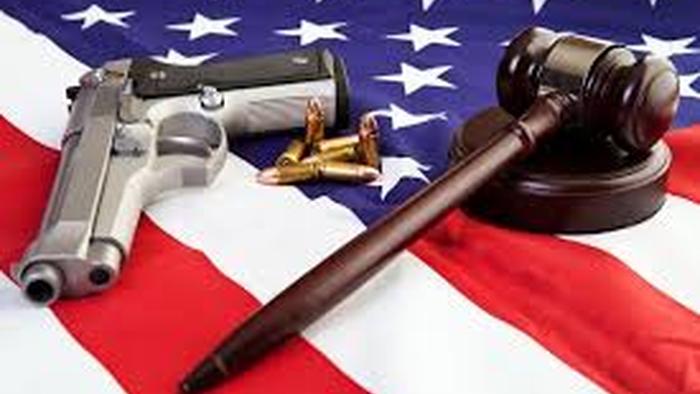Locked-And-Loaded: Supreme Court Argument Appears To Confirm A Major Gun Rights Victory In The Making
Authored by Jonathan Turley,
We have been discussing (here and here and here) the Supreme Court challenge in New York State Rifle & Pistol Association Inc. (NYSRPA) v. Bruen, the first Second Amendment case before the Supreme Court in over ten years. Yesterday’s oral argument appeared to confirm the expectations in those columns on the likely reversal of the United States Court of Appeals for the Second Circuit and a reinforcement of Second Amendment rights.
In 2008, the Supreme Court recognized the right to bear arms as an individual right in District of Columbia v. Heller. Two years after Heller, in McDonald v. City of Chicago, the court ruled that this right applied against the states.
This case concerns concealed-carry restrictions under N.Y. Penal Law § 400.00(2)(f) that require a showing of “proper cause.” Lower courts have upheld the New York law, but there are ample constitutional concerns over its vague standard, such as showing that you are “of good moral character.”
New York wants to exercise discretion in deciding who needs to carry guns in public while gun owners believe that the law flips the constitutional presumption in favor of such a right.
The oral argument quickly confirmed the likely votes of five justices against the New York law. Justices Clarence Thomas, Samuel Alito, Neil Gorsuch, and Brett Kavanaugh appeared clearly committed to a reversal as well as a possible expansion of protections for gun rights. Chief Justice John Roberts appeared committed to vote against the law but not necessarily on board with a significant expansion of protections from the earlier holdings of the Court.
The surprise of the argument came from Justice Amy Coney Barrett, who wrote a strong Second Amendment opinion as an appellate judge. Barrett appeared open to arguments that greater regulation of guns may be appropriate in cities or “sensitive places.”
As I wrote earlier, justices like Roberts could vote down the law but retain the view in Heller that “like most rights, the right secured by the Second Amendment is not unlimited.” That includes restrictions in “sensitive places.”
However, in one telling moment, Roberts noted that gun rights should be more expansive in cities to allow self-defense. After all, he asked New York Solicitor General Barbara Underwood, “How many muggings take place in the forest?”
One of the interesting issues to watch is whether the majority supports a historical methodology in its analysis, another issue flagged in the earlier columns. Gun control advocates have pushed for a consensus approach based on the rulings of lower courts. The majority seemed to reject that view in favor of a historical approach on how such laws were written historically in England and the colonies.
Kavanaugh, as expected, offered the clearest and strongest position from the right side of the Court. He rejected the consensus approach, a rejection that seemed shared by five other justices. Those six justices will likely be looking to historical, not consensus, rationales.
The division on the right of the Court may come on how to address limitations or bans for “sensitive places.” Barrett suggested that large gatherings may qualify as such places and warrant restrictions. Roberts suggested that there may be legitimate prohibitions for places like university campuses or “any place where alcohol is served.”
While oral arguments can offer unreliable evidence of actual voting, the questions of the justices support the earlier prediction of a likely big win for gun rights. Any disagreement over rules for “sensitive places” would occur on the other side of a reversal of the United States Court of Appeals for the Second Circuit. Tyler Durden Thu, 11/04/2021 - 17:25
http://dlvr.it/SBw0fk

No comments:
Post a Comment